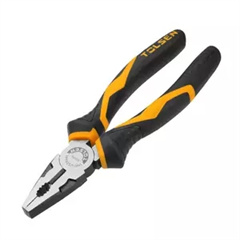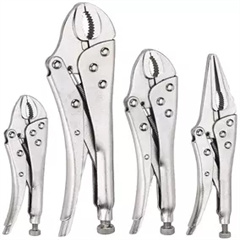The evolution of blade technology and knives through time showcases the ingenuity and progress of human civilization. From simple tools made of stone to modern high-tech blades, the history of knives is a testament to our ability to adapt and innovate. Here’s an overview of the key milestones in the evolution of blade technology:
- Prehistoric Period: Early humans crafted simple knives from stone, bone, and other natural materials. These primitive tools were essential for tasks like cutting, hunting, and food preparation.
- Bronze Age: The advent of metalworking brought about the Bronze Age, allowing humans to create sharper and more durable blades. Bronze knives were crafted by casting, forging, or a combination of both.
- Iron Age: Iron knives were stronger and more reliable than their bronze counterparts. This period saw the emergence of advanced forging techniques, leading to more refined and functional blade shapes.
- Ancient Civilizations: In various ancient cultures, knives were often symbols of status and power. The craftsmanship of knives improved, and they were adorned with intricate designs and precious materials.
- Medieval and Renaissance Periods: The Middle Ages saw the development of specialized knives for various purposes, including combat, eating, and crafts. Bladesmithing techniques advanced, leading to sharper, more resilient blades.
- Industrial Revolution: The rise of mass production during the Industrial Revolution led to the creation of standardized knife designs. Factory-made knives became more accessible to the general population.
- World Wars and Modernization: World Wars I and II drove advancements in blade technology for military purposes. Folding knives and utility knives became popular tools for soldiers and civilians alike. Stainless steel, developed during this period, revolutionized blade durability and maintenance.
- Contemporary Blades: Modern materials like high-carbon stainless steel, titanium, and ceramic are used in knife production, resulting in blades with exceptional strength, sharpness, and corrosion resistance. Advancements in heat treatment and sharpening techniques have also improved blade performance.
- High-Tech Knives: Technological advancements have led to the creation of high-tech knives with enhanced features. For example, assisted-opening mechanisms, automatic knives, and tactical knives designed for specific tasks have become popular.
- Customization and Innovation: In recent years, the knife industry has witnessed a surge in custom knife makers, using cutting-edge techniques like CNC machining and laser cutting to produce intricate designs. There’s also a growing emphasis on ergonomic handles, blade coatings, and innovative locking mechanisms.
- Culinary Knives: Culinary knives have seen significant advancements, with specialized designs for different cutting tasks. Precision engineering and ergonomic handles enhance chefs’ abilities in the kitchen.
- Ethics and Sustainability: As blade technology evolves, there’s a growing focus on ethical sourcing of materials and sustainable practices in knife production, reflecting broader environmental concerns.
The evolution of blade technology demonstrates how knives have evolved from basic tools to sophisticated instruments tailored to specific tasks. From ancient stone blades to cutting-edge modern designs, knives continue to play a crucial role in human progress and everyday life.



































